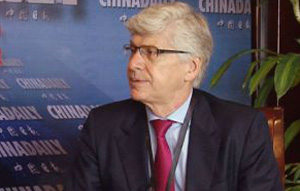Hilton makes room for middle-class expansion
Updated: 2013-06-13 10:46
By Zhong Nan (China Daily)
|
||||||||
While the global hotel industry suffers from a shaky economy and shrinking pool of luxury travelers, the Hilton Worldwide hotel chain is looking to China's burgeoning hospitality sector to sustain its growth.
The US company has embarked on an ambitious growth target, seeking to increase its portfolio of 32 hotels and 12,000 rooms in China to more than 150 hotels and 55,000 rooms. Its expansion over the rest of this decade will be concentrated in China's interior cities, where it sees the highest potential for growth.
"With 1.3 billion people who are hungry to succeed, I can't wait to see what this country does in 10 years, especially when you look at the growing middle class," said Jim Holthouser, executive vice-president of global brands for Hilton Worldwide.
Focusing on lower-tier markets and middle-class travelers, the US hotel chain recently introduced the Hilton Garden Inn to China, a mid-priced brand aimed at middle-class business travelers. The brand will be launched in five Chinese cities - Lijiang, Chengdu, Harbin, Dandong and Huzhou - by the end of next year, and will be expanded later to more second and third-tier cities.
China has experienced three phases of hotel development. The first occurred in early 1980s when international hotel chains began to enter the nation's major city markets such as Beijing and Shanghai. The second phase was boosted by China's demand for a new round of infrastructure construction development, such as airports, highways, high-speed railways and hotels, in its top and second-tier cities between 2004 and 2009.
"The third phase is happening now as China focuses on accelerating its pace of rural urbanization," said Zhang Yansheng, secretary-general of the Academic Committee of the National Development and Reform Commission. "Under such circumstances, high-end hotel chains have already expanded their presence in the nation's third-tier cities and wealthy counties.
"For both international and local brands, the future development trend of China's hotel industry will focus on the expansion into second and third-tier city markets, localization and digitization, such as promoting business through social networks, mobile Internet and upgraded online reservation platforms."
Lee Wee-Hau, Hilton Worldwide's senior vice-president of development for China and Mongolia, said that demand for hotel services had surged with the rise in commercial and manufacturing activities.
"There is a gap in hotel numbers between industrial Chinese cities and their economic development zones on the outskirts," he said.
Holthouser also noted that Hilton's properties in China typically feature more restaurants and spas than they would in Western destinations.
"Appealing to Chinese tastes and preferences is crucial to attract this segment of travelers in a highly competitive industry," he said.
China's outbound travel industry is important to boosting Hilton Worldwide's business globally, Holthouser added.
"Today, more than 80 million Chinese are traveling outside the borders of China," he said. "By 2015, this number is expected to be 100 million."
In 2012, according to the United Nations World Tourism Organization, Chinese travelers have become the top spenders on international travel, reaching a worldwide record of $102 billion - a rise of 40 percent from $73 billion in 2011. Germany and the US, the second and third-biggest spenders, each grew by 6 percent.
zhongnan@chinadaily.com.cn
(China Daily USA 06/13/2013 page14)

 Philippine, US start Naval exercise in S China Sea
Philippine, US start Naval exercise in S China Sea
 Supreme Court gay rights ruling celebrated across US
Supreme Court gay rights ruling celebrated across US
 Rudd returns as Australian PM after Gillard
Rudd returns as Australian PM after Gillard
 Brazil protests intensify before Confed Cup semifinal
Brazil protests intensify before Confed Cup semifinal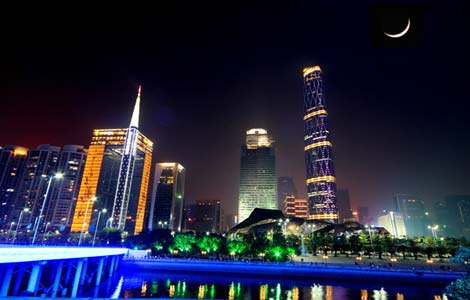
 Long lost weekend
Long lost weekend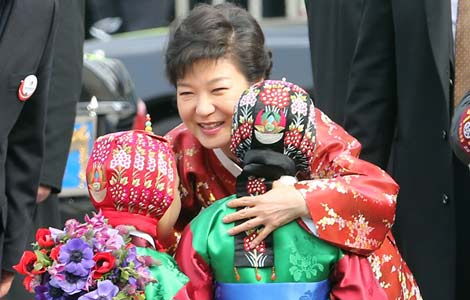
 Park ready to charm China
Park ready to charm China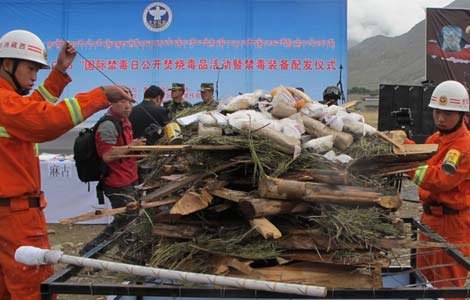
 Prices climb as police crack down
Prices climb as police crack down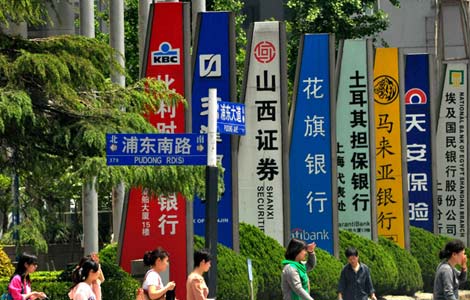
 China 'most promising' in FDI
China 'most promising' in FDI
Most Viewed
Editor's Picks

|

|

|

|

|

|
Today's Top News
Proposed law puts curbs on family visas
Markets will stay volatile, continue to struggle: Expert
Promising outlook on US, China investment
US adoptees visit Chinese roots
Ecuador refutes Washington Post accusation
IBM to make Chinese job cuts
PBOC ends credit crunch, to go further
Snowden still at Moscow's airport, asylum pending
US Weekly

|

|

